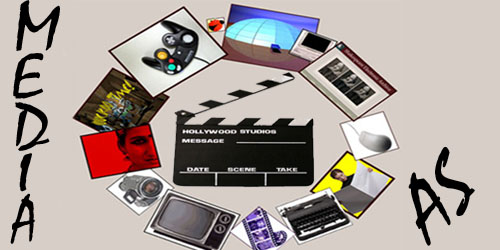Part Four- In what ways does your media product use, develop or challenge forms and conventions of real media products?
Our media product uses the codes and conventions of the crime genre, as it is dark and gritty. It presents the codes and conventions as it constantly refers to crime for example by using imagery. Our title sequence shows police boats and a helicopter swarming around Hong Kong. This represents the crime that fills the city. For example we used similar characters to "Infernal Affair" they used Chinese gangsters and how they commit crimes. We developed this by adding a more realistic portrayal of a triad. We followed our suspect around seeing him in his private life, we show him at work. This makes him a more believable triad, as it is not dramatizing his life by showing fight scenes. We are showing the monotonous tasks that he does daily. We challenged this by being completely realistic and not showing any violence within the title sequence. By making him realistic we are challenging all other crime films that just show car explosions and shoot outs.
The codes and conventions of the crime genre are apparent throughout the narrative of our title sequence. We have established that the film will be about a troubled investigator who is re-opening an old case that was never solved. We have established in the opening credits that he is a mysterious character that is secretive about his life. We used this from "Shutter Island" as the detective does not talk about his private life and we only find out his secrets at the end of the film. We wanted the investigator to be completely private in the beginning, but for you to find out more about him as the film ends. We developed this by not showing his face in the title sequence this connotes he is a complete mystery.
We used the crime genres codes and conventions within our title sequence's camera angles, movements and shots. We got inspiration from the film "The Departed" and used the idea of keeping his identity a secret. We used this by only filming our investigator from the back or the side. We developed this as "The Departed" uses lighting to hide their characters face in shots, instead we had our investigator turn his face away from the camera. We challenged the code and convention's of the crime genre by concealing the main character within the film. By filming his whole body, but never showing his face. The audience will never be able to make a connection to him., they will never be able to find him relatable. This challenges the crime genres codes and conventions as no one will ever be able to understand the lead role. Whereas many crime movies like to use their lead role to capture and relate to audiences, instead we have made them curious to find out more about him.
The codes and conventions of a crime genre that are in our title sequence's mise-en-scene are that of lighting and costumes. We have used inspiration from the film "The Departed" by using a contrast of dark and light lighting. Our title sequence's opening panning shots of the city are dark and dull and then a shot of a bright office. We have developed this as "The Departed" uses dark and light lighting within one shot, whereas we have separated the lighting to make a stronger contrast. To connote a sense of good and evil, a good investigator and a bad triad. We have used inspiration from the lead role within "The Departed" by using his rough costumes. We have developed this by our investigator wearing trousers but with his sleeves rolled up.

No comments:
Post a Comment